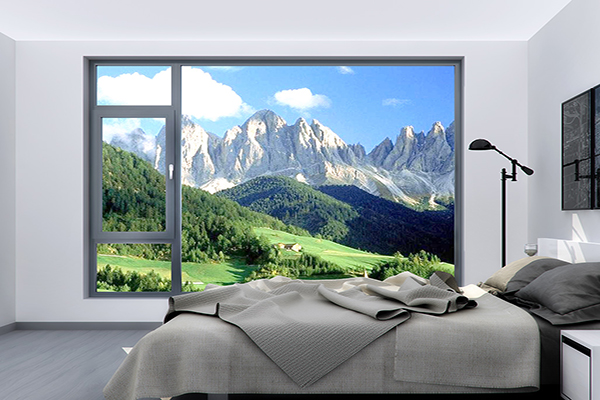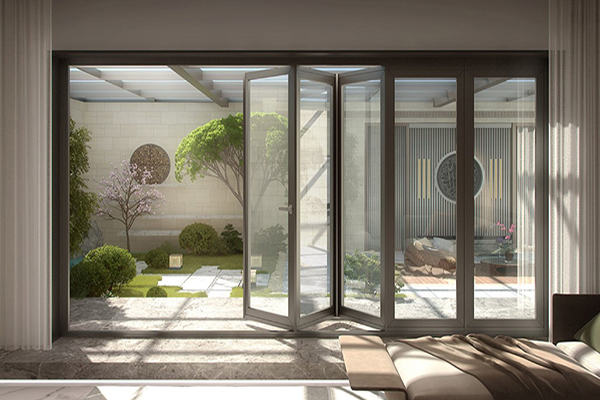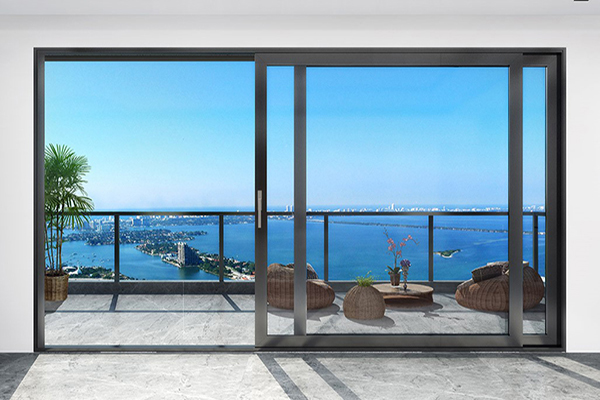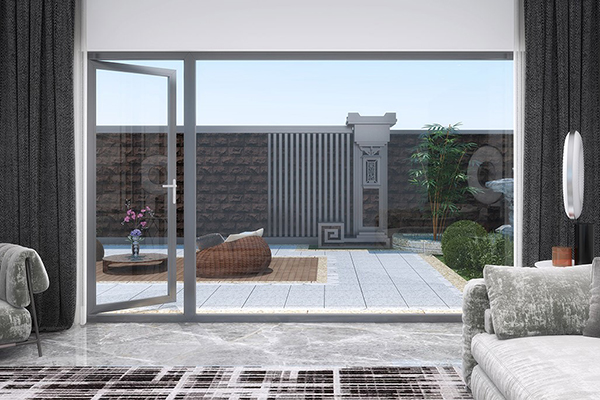How to Choose an Awning Aluminum Window – part1 Understanding Basics and Assessing Needs
Windows are more than just openings in a wall—they define a home’s character, regulate its environment, and contribute to its energy efficiency. Among the many window styles available, awning aluminum windows stand out for their versatility and practicality. These windows, hinged at the top and opening outward from the bottom, offer a unique combination of ventilation, weather protection, and modern appeal. Whether you’re renovating a kitchen, upgrading a bathroom, or designing a new home, choosing the right awning aluminum window requires careful consideration of several factors. This article, the first of a two-part series, will focus on understanding the basics of awning aluminum windows and assessing your specific needs to ensure you make an informed choice.
What Makes Awning Aluminum Windows Special?
Awning aluminum windows are named after their resemblance to traditional awnings—canopies that provide shade and shelter. With a top-hinged design, they open outward, typically operated by a crank handle or, in advanced models, motorized controls. This configuration allows them to remain open during light rain, channeling water away while letting fresh air circulate indoors. Their ability to function in adverse weather makes them a favorite in humid or rainy climates, where ventilation is essential but exposure to moisture must be minimized.
The use of aluminum as the primary material further enhances their appeal. Aluminum is lightweight yet strong, resistant to rust and corrosion, and capable of withstanding years of exposure to the elements. Unlike wooden windows, which may rot or warp over time, or steel windows, which can rust, aluminum requires little upkeep beyond occasional cleaning. Modern manufacturing techniques have also addressed aluminum’s historical drawback—poor insulation—by incorporating thermal break technology, where an insulating layer is added within the frame to reduce heat transfer. This makes awning aluminum windows suitable for a wide range of climates, from scorching summers to freezing winters.
Another advantage is their placement flexibility. Often installed higher on walls, awning windows provide ventilation and light without compromising privacy, making them ideal for bathrooms, hallways, or rooms facing busy streets. They can also be paired with fixed or picture windows to create a striking architectural feature, blending form and function seamlessly.
Why Choose an Awning Aluminum Window?
Before diving into the selection process, it’s worth exploring why an awning aluminum window might be the right fit for your home. First, consider their weather-resistant design. If you live in an area prone to sudden showers, these windows allow you to enjoy fresh air without worrying about water damage. Second, their compact opening mechanism—extending outward rather than swinging inward—saves interior space, making them perfect for tight areas like above kitchen counters or in small bathrooms. Finally, their sleek, minimalist look complements contemporary architecture, while customizable finishes allow them to blend with traditional styles as well.
However, they’re not without limitations. Awning windows typically offer smaller openings than sliding or casement windows, which may limit airflow in larger rooms. Their outward tilt can also collect debris like leaves or snow, requiring occasional cleaning of the exterior sill. Understanding these pros and cons will help you determine if an awning aluminum window aligns with your goals.
Step 1: Assessing Your Needs
Choosing the right window begins with a clear understanding of your needs. This involves asking yourself a series of questions to define the window’s purpose, location, and performance expectations. Here’s how to start:
Where Will It Be Installed?
Location is key. Are you placing the window high on a wall for privacy and ventilation, or lower down where it can serve as a primary feature? High-placed awning windows are excellent for shedding light into upper spaces like lofts or stairwells, while lower installations might suit kitchens or porches. Consider accessibility too—if it’s out of reach, you’ll need a crank or motorized option.
What’s the Primary Function?
Are you prioritizing ventilation, weather protection, or aesthetics? Awning windows excel at providing airflow in small doses, making them ideal for moisture-prone areas like bathrooms. If your goal is maximum light, however, you might need to pair them with larger fixed windows. Define your top priority to narrow your options.
What’s Your Climate Like?
Local weather conditions play a big role. In rainy regions, the awning’s rain-shedding ability is a major plus. In hot climates, you’ll want to focus on heat-blocking features like Low-E glass. In cold areas, insulation becomes critical—look for thermal breaks and multi-pane glass to keep warmth inside.
How Does It Fit Your Home’s Style?
Aesthetics matter. Aluminum windows come in a variety of finishes—matte black, white, bronze, or even wood-grain textures—allowing you to match your home’s exterior. Think about whether you want a bold contrast or a seamless blend with your façade.
Step 2: Evaluating Room-Specific Requirements
Different rooms have different demands, and awning aluminum windows can be tailored accordingly. In a kitchen, for example, an awning window above the sink provides ventilation without taking up counter space or requiring you to reach over appliances. Its rain protection ensures you can keep it open while cooking, even during a drizzle. In a bathroom, privacy is paramount—installing an awning window higher up with frosted glass maintains seclusion while expelling steam and odors.
For living areas or bedrooms, awning windows might serve as secondary ventilation sources. Pairing them with larger windows below creates a “stacked” effect, enhancing both light and air circulation. In basements, their small size and high placement make them perfect for egress requirements while keeping the space dry. By matching the window’s features to the room’s purpose, you ensure it performs optimally.
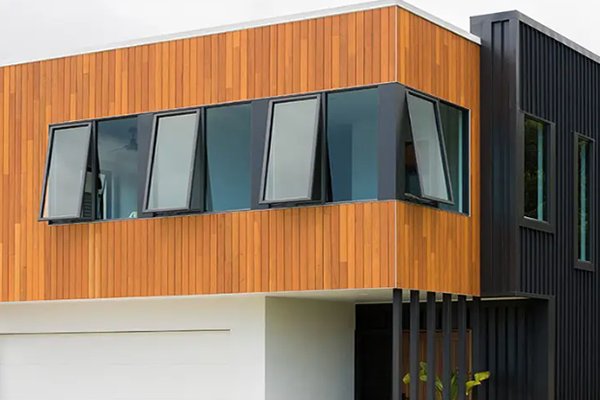
Step 3: Considering Long-Term Use
Think beyond immediate needs to how the window will serve you over time. Will it still meet your ventilation needs in five or ten years? Is it durable enough to withstand your climate’s wear and tear? Aluminum’s longevity is a major selling point, but the quality of the frame, glass, and hardware will determine its lifespan. Investing in a well-made awning window now can save you replacement costs later.
Conclusion to Part 1
Choosing an awning aluminum window starts with understanding its unique design and benefits, then aligning those with your specific needs. By considering location, function, climate, and style, you lay the groundwork for a smart decision. In the next article, we’ll dive deeper into the technical aspects—materials, energy efficiency, sizing, and budgeting—to help you finalize your choice. For now, take time to assess your home and envision how an awning aluminum window can enhance it.
Welcome to choose the Awning Aluminum Window of Liaoning Etaifeng Windoor Co.,Ltd.



